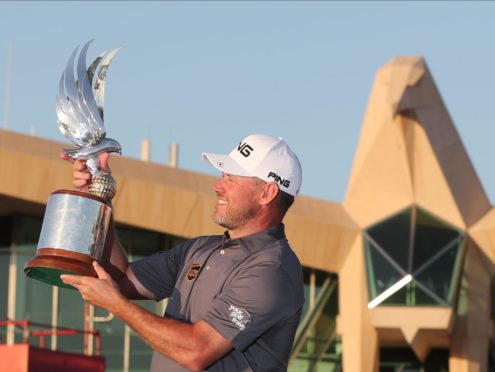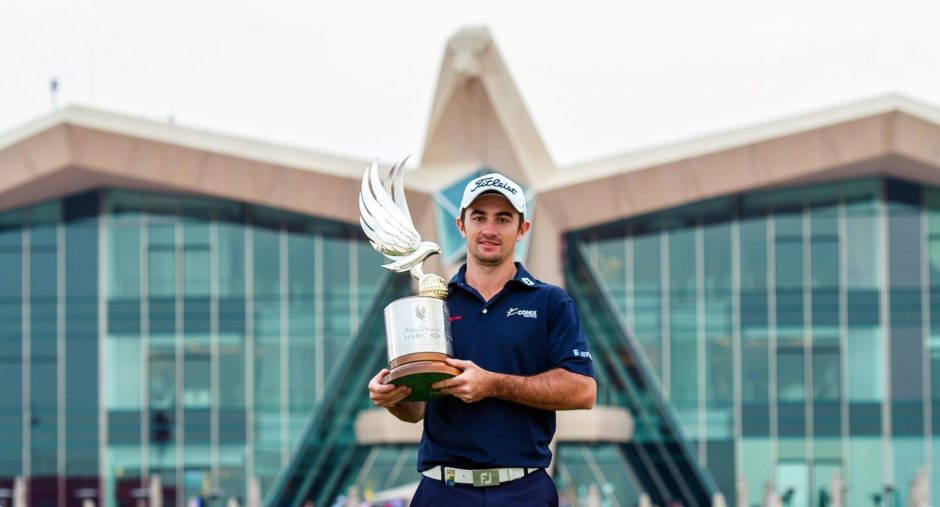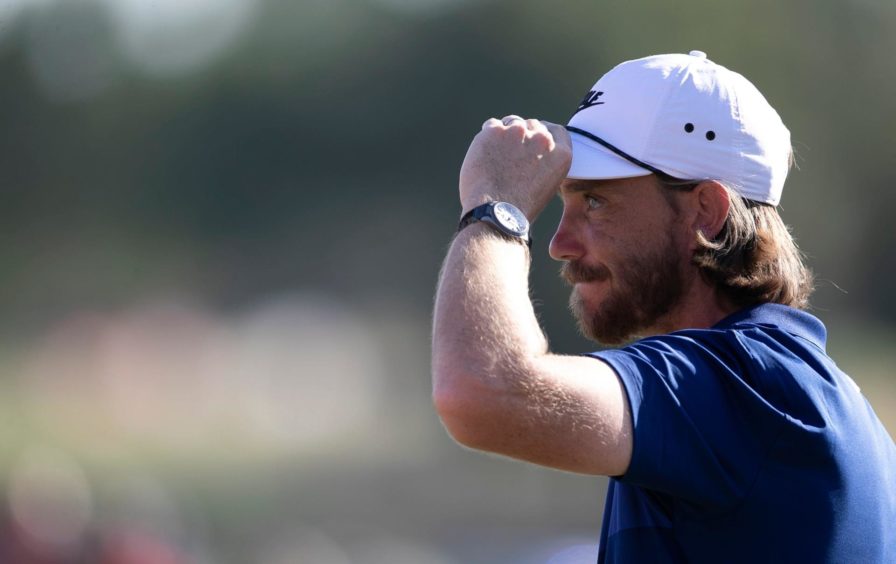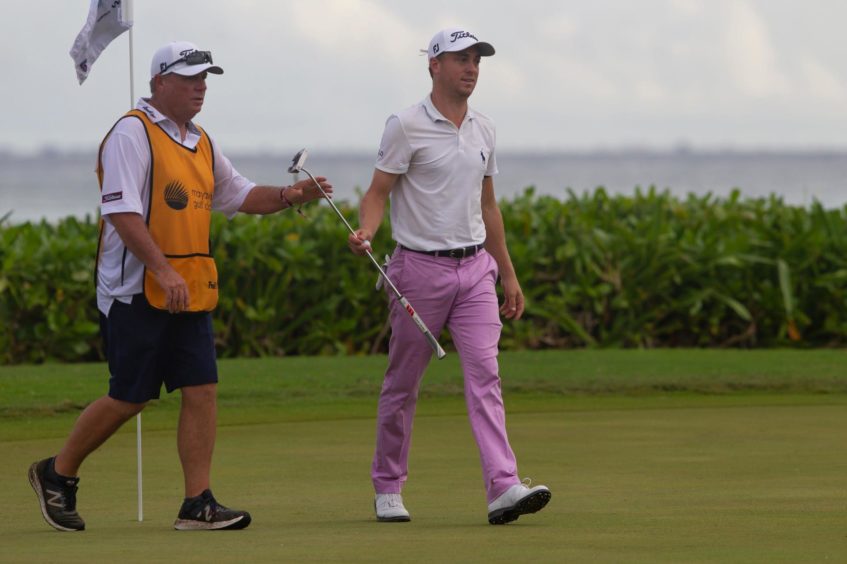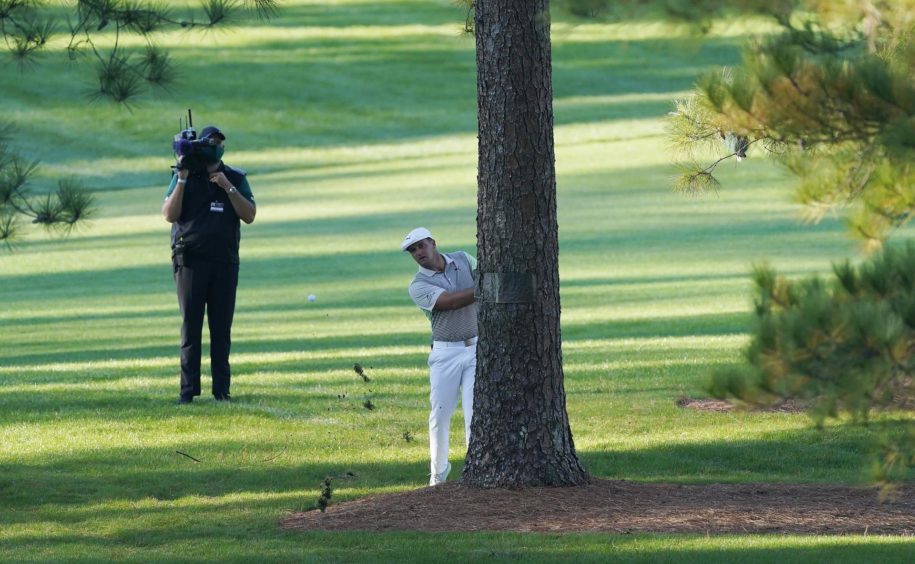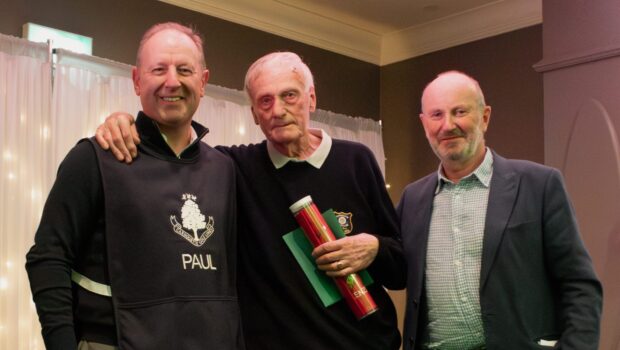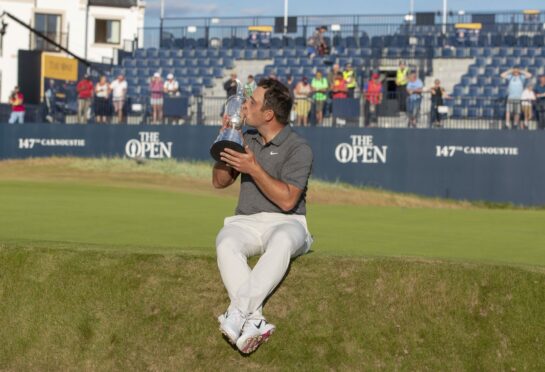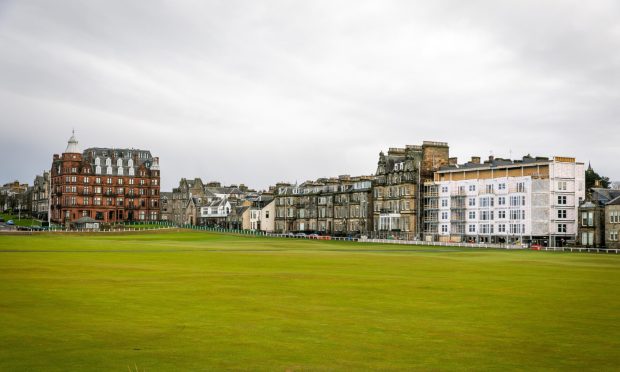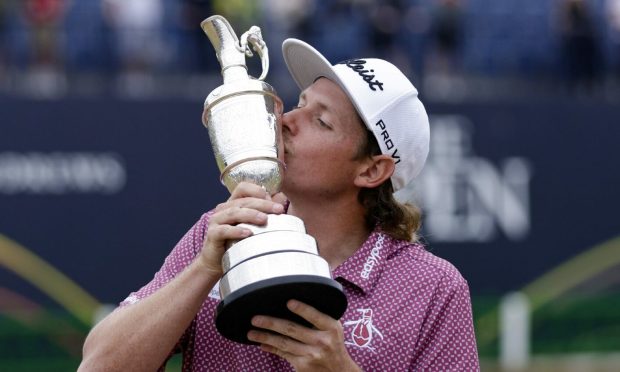The current clamour for nostalgia is so great, I’m told, that we’re even longing for tales of what it was like during the first coronavirus lockdown. The Good Old Days, eh?
Normally I would ask to be spared this, for a proper focus on today and tomorrow. But in this spirit let’s go back to last January, when everything was sweet and naïve and few had ever heard of pangolins, much less that they were edible (allegedly).
The European Tour was embarking on another stellar season, starting under the shadow of the imposing eagle arch that forms the superstructure of the Abu Dhabi CC clubhouse.
Lee Westwood won, continuing the run of outstanding champions at AD going back to…er, France’s Gary Stal in 2015. Seriously, Rickie Fowler, Tommy Fleetwood (twice) and Shane Lowry since then is fairly impressive.
The Tour’s schedule stretched impressively ahead for the year with multiple elite Rolex Series events on the horizon. There was little talk of strategic partnerships and mergers on the Tour then.
Now, the Tour employs nearly 50 people less, and we’re at Year One of the Golf’s New World, in which the PGA Tour has a financial stake and a board seat on its erstwhile rival.
From that handful of Rolex Series events, we’re down to just four, Abu Dhabi being the first. In fact, and appealingly for those of a nostalgic bent, the Tour kind of resembles the way it looked in the early 2000s with trips to Spanish islands and Wales.
Unfortunately the prizefunds look like they did then, as well.
To be fair, the Tour looks as robust in terms of this year’s schedule as it could possibly be after such a seismic ten months of pandemic. Financially? It depends on who you listen to, but you can’t believe it’s quite as solid as has been proclaimed regularly from Tour HQ at Wentworth.
What the European Tour desperately needs is from the outset of 2021 is buy-in from the stars that restart the trek towards the (scheduled) Ryder Cup later this year.
At least at Abu Dhabi this week and Dubai next week, chief executive Keith Pelley has his big names. Rory McIlroy, Tommy Fleetwood, Tyrrell Hatton, Justin Rose, Matt Fitzpatrick, Shane Lowry and Ian Poulter all play this week, Paul Casey and Sergio Garcia come on board in Dubai.
Justin Thomas this week and Collin Morikawa next are the only early signs of cross-fertilisation between the tours. More show up for the bagfuls of guilt-free riyal on offer at the Saudi Invitational the following week.
The fields at the Scottish Open in July and the PGA Championship in September may give us more insight into how this partnership is going to work in terms of entry lists. There’s little sign of a shift in the elite doing exactly what they’ve always done, at least so far.
Perhaps a slight recalibration of the tour back to the simpler days of the past of only 15-20 years ago is no bad thing. The circuit still produced plenty of quality talent in those days, after all.
Maybe this kind of nostalgia could actually work.
Let’s move on
Justin Thomas is the big-name American in Abu Dhabi, and it’s been a chastening week for the former PGA champion.
Thomas let slip a homophobic epithet when chastising himself for a missed putt at the Tournament of Champions. He apologised profusely for this indiscretion almost immediately, as he needed to do.
The inevitable condemnations followed, as no doubt those responsible needed to do also. Ralph Lauren, his clothing sponsor, cut ties with the player. Sadly, this presumably means we’ve seen the last of his favoured pink trousers.
But I’m being flippant. Nobody really thinks Justin is homophobic, just as no-one thinks I’m religious when I use the Lord’s name in vain.
I’m not siding with those who whine about “virtue-signalling”, whatever that is. But any figure in public life who makes a mistake has to be figuratively dressed in sackcloth and paraded down Broadway whipping themselves to satisfy some people.
Thomas’ apology, clearly sincere, should be really enough for everyone. He won’t do it again, one assumes, so we should all move on.
Bryson’s brainstorms
Some thought that self-proclaimed genius Bryson DeChambeau had lost his marbles at Augusta back in November. Turns out he was just too brainy to win.
Or at least that’s what he claims. So many ground-breaking theories were whirring inside his skull, he said last week, he literally made himself ill.
“I’ve done a lot of brain training, and the frontal lobe of my brain was working really, really hard,” he said. “That’s what gave me some weird symptoms. It was like crazy overworking.”
I watched some of his play at Augusta back again. It looked to me that Bryson was regularly doing the same stupid thing, again and again. Which, of course, is his hero Einstein’s definition of insanity.
I don’t know anything at all about frontal lobes, of course. But, I seriously suspect, neither does Bryson.
